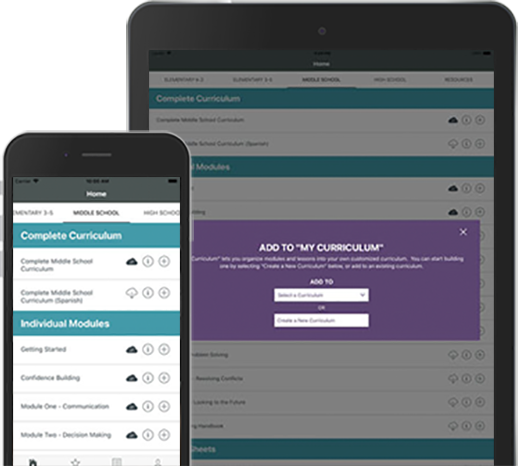Helping Children Deal with Stress
Posted: March 19, 2020By Rossana Villaflor, Teacher

Children thrive in a structured and organized setting but over the past couple of weeks, many of their daily structures have been displaced due to the spread of COVID-19. A sad reality is that many households are not equipped to handle this sudden displacement, despite the growing number of social services available to them. Too many of our students do not have internet access at home, are unsure of where they are going to get the daily meals provided to them by their school, and have parents or guardians who are trying to figure out how to pay for and find childcare as a result of school closures. While we educators organize to work remotely to ensure that children continue to receive their education, we also can’t ignore the added stress and anxiety that students may be experiencing as a result of everything that is going on.
How do we help our children manage their feelings of anxiety during such a stressful time? According to the Centers for Disease Control and Prevention, here are some ways to help our children cope with anxiety:
- Participating in a physical activity for at least 60 minutes each day
- Getting the recommended amount of sleep each night based on age
- Practicing mindfulness or relaxation techniques
The Overcoming Obstacles activity Be a Health “Freak” – located in the High School curriculum – is a great activity for children to learn how exercise, sleep, and healthy eating patterns can help them be their best. This activity allows children to examine how food affects their feelings and emotions, as well as understand the need for exercise. The activity Say Yes to Less Stress found in the same lesson allows children to safely discuss their sources of stress and practice listening to their own body’s stress signals. The flexibility of these activities allows parents and caregivers the opportunity to break into sessions or extend the discussions with their children in meaningful ways. Both activities are found in the Improving Well-Being lesson from the High School Confidence Building module.
We need to put our health and safety first, especially the health and safety of our children. As the Anxiety and Depression Association of America recommends, let us pay attention to our children’s feelings and remain calm when a child becomes anxious. Lastly, please remember in these challenging times, it’s okay to modify expectations from your child and allow them the space and time to express their worries and concerns.
Overcoming Obstacles offers hundreds of K-12 life skills lessons designed to prepare young people for all of the challenges life presents. It’s free now and forever and available for download by creating an account at overcomingobstacles.org.




